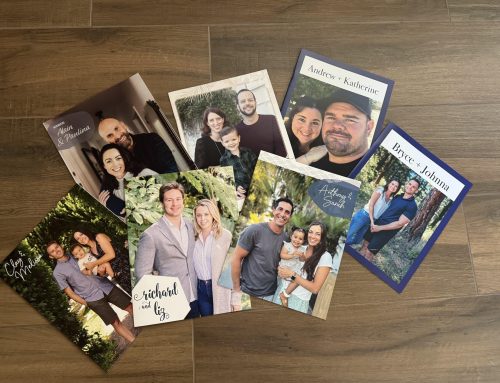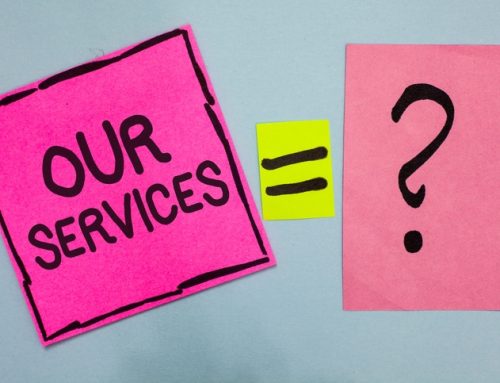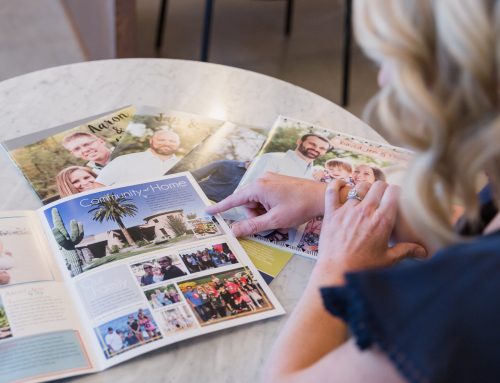
My name is Tessa and I am an Adoption Advisor here at Purl. I am an adoptive parent and
respite/emergency placement foster parent.
I wanted to take some time to share about my experience with foster care. There are several
different types of licenses within foster care and my home holds 2 of those. One is “Emergency
Placement” and the other is “Respite Care.” When we considered becoming Foster Parents, we
realized that with two young children at home and me still being in my Masters Program we
knew we weren’t ready to commit to full time foster parenting, but also knew we wanted to be
involved somehow. We first decided on respite care because we knew respite provided short-
term childcare solutions for foster parents. We loved children and were excited about the
potential of hosting foster kids in our home for a short period of time while their foster parents
got a break. We had many close relationships with foster families and wanted to be able to watch
their kids for them in a way that wasn’t capped by the state (Oftentimes foster families can’t
have just any one watch their kids). Through our licensing process, our licensing worker asked if
we would also be open to emergency placement. These are also short-term situations usually
saved for emergencies to allow the agencies an opportunity to find the best fit family or long-
term care for children.
We had a lot of fears and preconceived ideas going into respite and emergency placement foster
care. While some of them have been true and parts have been difficult we have overall had a
really enjoyable experience. We have had kids in our home ages 0-17 for a few hours up to two
weeks. Each child that has entered our home has brought our family so much joy and their own
unique personalities. If you are considering foster care or adoption, respite care is a wonderful
way to start. It allows you to experience children in your home, how the system works, and how
the home study process differs from the domestic infant adoption process, without fully
“jumping in.” If respite or emergency placement isn’t for you, here are some other ways you can
support kids in care.

My name is Tessa and I am an Adoption Advisor here at Purl. I am an adoptive parent and
respite/emergency placement foster parent.
I wanted to take some time to share about my experience with foster care. There are several
different types of licenses within foster care and my home holds 2 of those. One is “Emergency
Placement” and the other is “Respite Care.” When we considered becoming Foster Parents, we
realized that with two young children at home and me still being in my Masters Program we
knew we weren’t ready to commit to full time foster parenting, but also knew we wanted to be
involved somehow. We first decided on respite care because we knew respite provided short-
term childcare solutions for foster parents. We loved children and were excited about the
potential of hosting foster kids in our home for a short period of time while their foster parents
got a break. We had many close relationships with foster families and wanted to be able to watch
their kids for them in a way that wasn’t capped by the state (Oftentimes foster families can’t
have just any one watch their kids). Through our licensing process, our licensing worker asked if
we would also be open to emergency placement. These are also short-term situations usually
saved for emergencies to allow the agencies an opportunity to find the best fit family or long-
term care for children.
We had a lot of fears and preconceived ideas going into respite and emergency placement foster
care. While some of them have been true and parts have been difficult we have overall had a
really enjoyable experience. We have had kids in our home ages 0-17 for a few hours up to two
weeks. Each child that has entered our home has brought our family so much joy and their own
unique personalities. If you are considering foster care or adoption, respite care is a wonderful
way to start. It allows you to experience children in your home, how the system works, and how
the home study process differs from the domestic infant adoption process, without fully
“jumping in.” If respite or emergency placement isn’t for you, here are some other ways you can
support kids in care.



